For all the hype, Karnataka is like Richie Rich, an oxymoron: a “poor little rich state”
Beyond its big urban pockets, life is tough for the Kannadiga—and getting tougher
The comic-book character Richie Rich—the “world’s richest kid” with dollar signs in his name—came with an oxymoronic tagline: “the poor little rich boy”.👇🏿
Karnataka, a state punctuated by a Dollars’ Colony in every big city—a state which will sort out the real-life cartoon characters on May 10—is a bit like l’il Richie, an oxymoron: a poor little rich state.
***
There are lies, lies and damned statistics.
But if you believe data is the new oil (Mukesh Ambani), or the new water (Nick Klegg), or the new gold (guess who), then the number-crunchers show that Karnataka is India’s fourth richest state….👇🏿
Karnataka contributes 8.1% to India’s GDP, even more than the greatest state known to humankind, Gujarat…👇🏿
And Karnataka contributes 150% more in taxes than the greatest state known to humankind…👇🏿
Its legislators are among the richest in India, if not the richest. 👇🏿
https://twitter.com/churumuri/status/1648227357269061635?s=46&t=Bkl3aTx6zzu4yJNaY7SoRA
And, to all that if you add the startups and upstarts, and the bull dung stories around Uncle Titus and Aunt Noovo Rich, you might think that it is El Dorado, which it probably is to some up-country conquistadors.
But take Bangalore away—OK, take Ben-ga-looru away—from Karnataka’s FDI+GDP+GST+IT equation and what do its awesome riches really amount to?
Answer: “minus 2AB”
***
It is a reality that hits you where it hurts most when you step out of the echo chamber of WhatsApp forwards and enter the real “battleground” of #KarnatakaAssemblyElections2023.
While BJP and Congress big wigs (some without wigs) happily play Holi with kaala paani—calling each other names; touting caste and community; throwing cash around—the single-biggest issue that occupies the minds of voters in 16 districts appears to be price rise.
roti, paani, kaam, kapada, makaan, tel, bijli.
Not inflation as defined and refined and spun by hacks and flacks, but rising prices of fuel (cooking oil, petrol, diesel, kerosene, LPG). And, as a result, rising prices of transport and food. And, as a result, rising prices of living and surviving.
It is an extraordinary epitaph on the storied IT fable of Karnataka—and a showcase of the divide between Bangalore, and Karnataka minus Bangalore.
Id est, “minus 2AB”
***
Every candidate of every party on the journey sticks to the script and reels off setpiece arguments on Lingayats and Vokkaligas, Kurubas and Nayakas, Dalits and Muslims, Yediyurappa and Santhosh.
It takes a rich miner to flag the serious crisis confronting the poor in rural Karnataka.👇🏿
Standing below a portrait of his grandparents in his ancestral home is H.R. Gaviappa, the Congress candidate in Hospet—the mining town that was once the playground of the Reddy Brothers of Bellary.
“This election is not about caste or religion, it is about poverty,” he says.
“Women are having to miss their meals two or three times a week because of the high prices of provisions.
“Many of them are indebted because they have taken small loans from microfinance companies at high rates of interest.
“Poverty has entered their homes.”
Gaviappa says the Congress “guarantees” of Rs 2,000 to women, 10 kilos of rice, 20 units of electricity to households, is a useful cushion but fears a return of socialism when parties compete with each other to dangle even bigger carrots before voters in future.
***
The issue of high prices and the inability of constituents to make do is not an issue that dogs only Congressmen and women.
In a constituency in central Karnataka, a BJP candidate courageously says, off the record, that the party has missed a beat in hearing their cries.
“The price of LPG (Rs 1,100 in Karnataka) and the 40% corruption charge against the Basavaraj Bommai government will be the BJP’s undoing,” the candidate says.
The BJP’s manifesto in Karnataka communalises even liquefied petroleum gas. It promises an LPG cylinder to families below poverty line on Ugadi, Ganesh Chathurthi, and Deepavali.
But the BJP candidate, who has to attract real voters in a buyers’ market, is unimpressed with the signalling.
“Yes, I know BPL means people below poverty line of all denominations. But what would the party have lost by including Ramzan or Christmas in the mix?” the candidate asks.
***
In Gadag, a key town in the co-operative movement, H.K. Patil, the well-regarded Congressman, reads much into the thin crowds that a TV star (Smriti Irani) and a film star (Sudeep) have received in the town where the great Bhimsen Joshi was born and Gangubai Hanagal was trained.
“People are outraged by inflation and unemployment,” he says.👇🏿
Patil, more so his cousin D.R. Patil, is convinced that faced with livelihood issues, Hindutva is facing diminishing returns in the Bombay-Karnataka region.
Both think the end is nigh for the BJP—first in Karnataka and in the rest of the country soon.
“The Karnataka verdict will send a signal to India,” declares H.K. Patil.
***
The stark picture of destitution that candidates with their nose to the ground in Karnataka paint is in line with opinion polls.
In a face-to-face survey by the online news portal ‘Eedina’ (sample size 41,169), price rise was the second-biggest factor (47%) behind the “anti-incumbency” faced by the BJP. At first place was corruption (68%).👇🏿
Likewise, a CSDS-Lokniti survey published by NDTV says unemployment (28%) and poverty (25%) are key voting issues. Price rise accounts for a mere 7% but could probably be read along with the other two.👇🏿
Admittedly, every statistic can be tortured to produce the result you want but a subsidiary finding in the CSDS-Lokniti survey underlines the class divide in Karnataka on prices.
More poor people (67%) disapprove of the state government than the rich (49%), and more rural people (61%) than city slickers (50%). 👇🏿
So, when the Eedina survey says 45% rank Basavaraj Bommai as the “most incompetent CM” in Karnataka’s history, it is not difficult to guess who made up the majority of the 45%.
***
At a roadside restaurant on the outskirts of Chitradurga, Prof U**** is shooting the breeze with a friend. Prof U**** is a real M.A. in political science (entire course) and teaches at a real college in the fort-town.
As he speaks, tractors and buses whiz past, ferrying attendees back from yet another Narendra Modi rally.
Prof U***+ says most of them have been paid Rs 300 to Rs 500 to massage the PM’s bottomless ego. Plus free transport and food. In this heat, he says, it is a worthy option to keep the stove burning at home.
The same people, he avers, will also turn up for a Congress rally and for a JDS rally and for any rally anybody can pony up the cash.
Sounds like a cynical Congressman?
Not really. Prof U**** is 36. He voted for the BJP in the 2018 assembly elections and he voted for the BJP in the 2019 general elections. This time, he knows what to do.
As a parting shot, he exclaims:
“Modi claims he sold ‘chai’ for a living when he was small. How can he be so cut off from reality that he does not know what common people are going through?” he asks.
“Only the rich, the foolish, and the good-for-nothing can back BJP now.”
That probably explains why the two big parties are bowling to the opposite ends of the pitch: the BJP to the upper class and Congress to the very poor.👇🏿



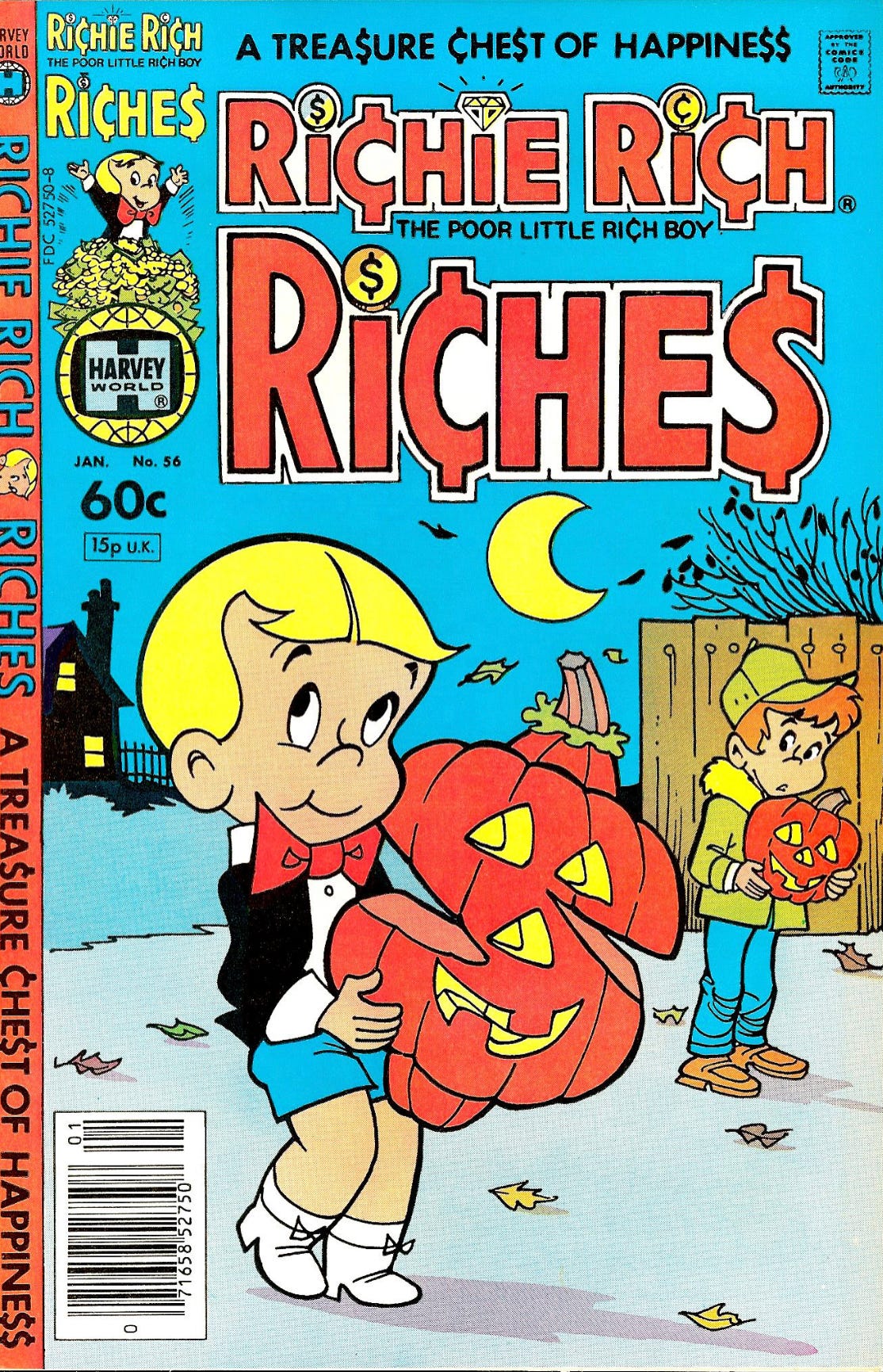
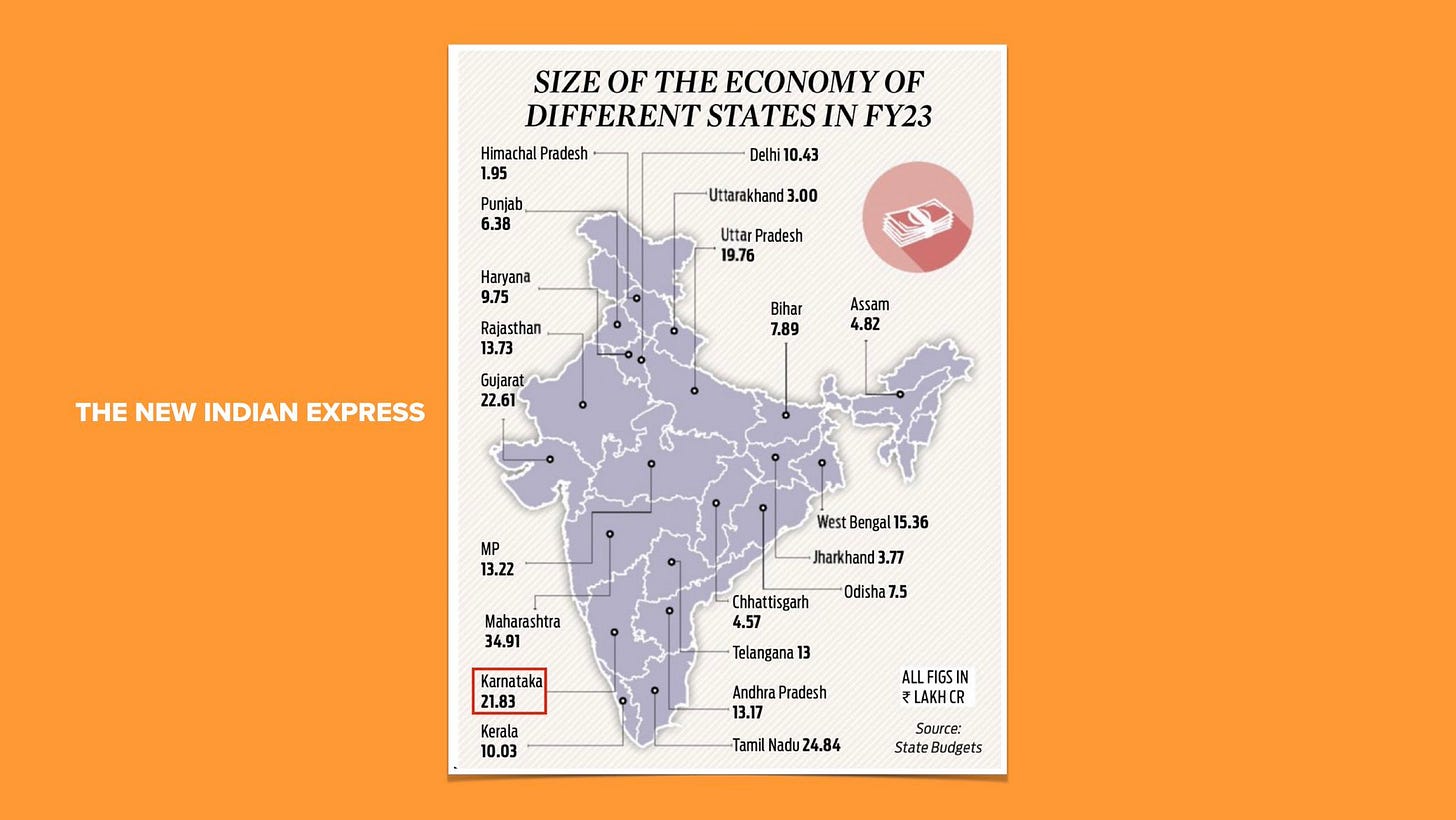
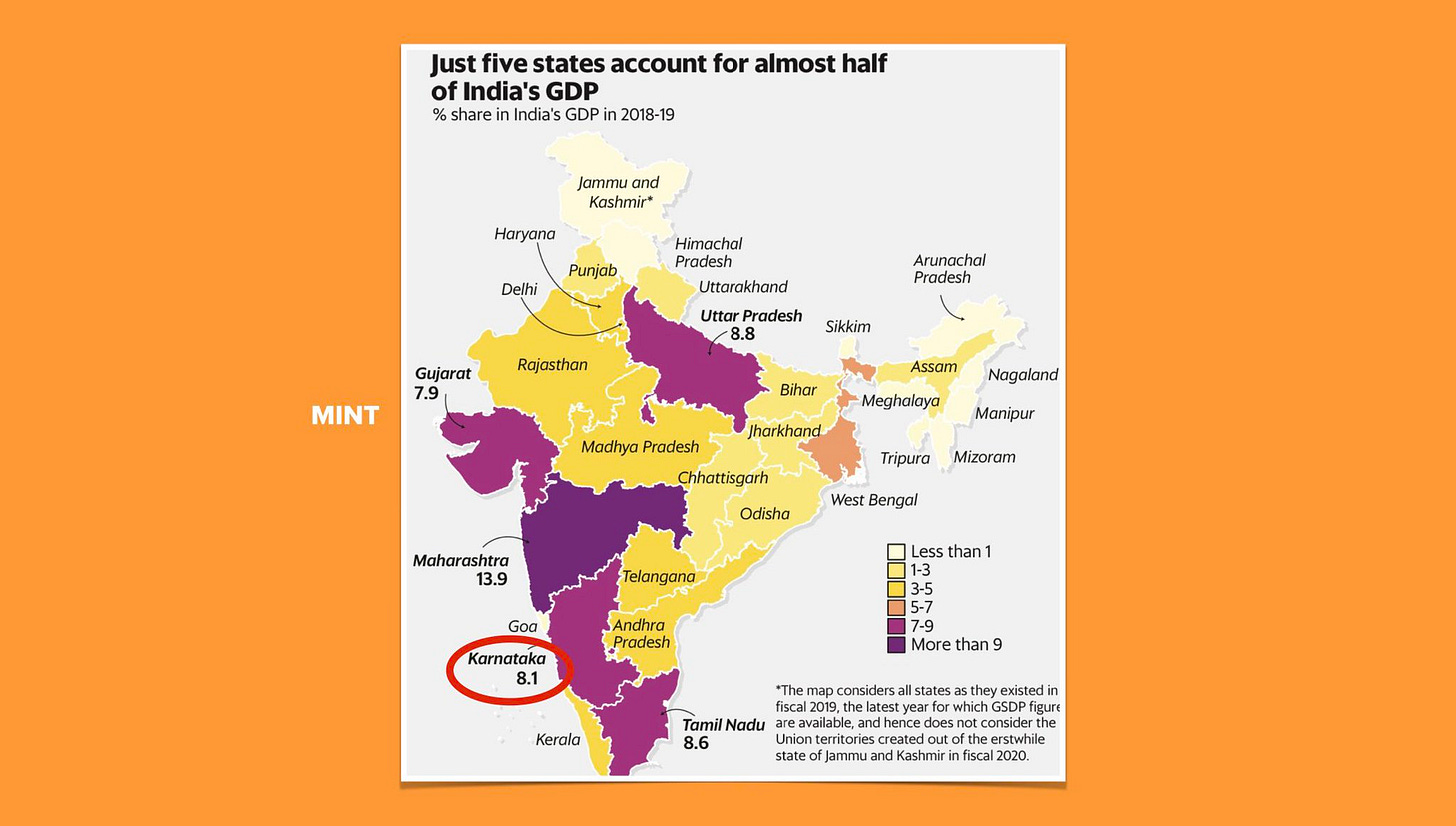
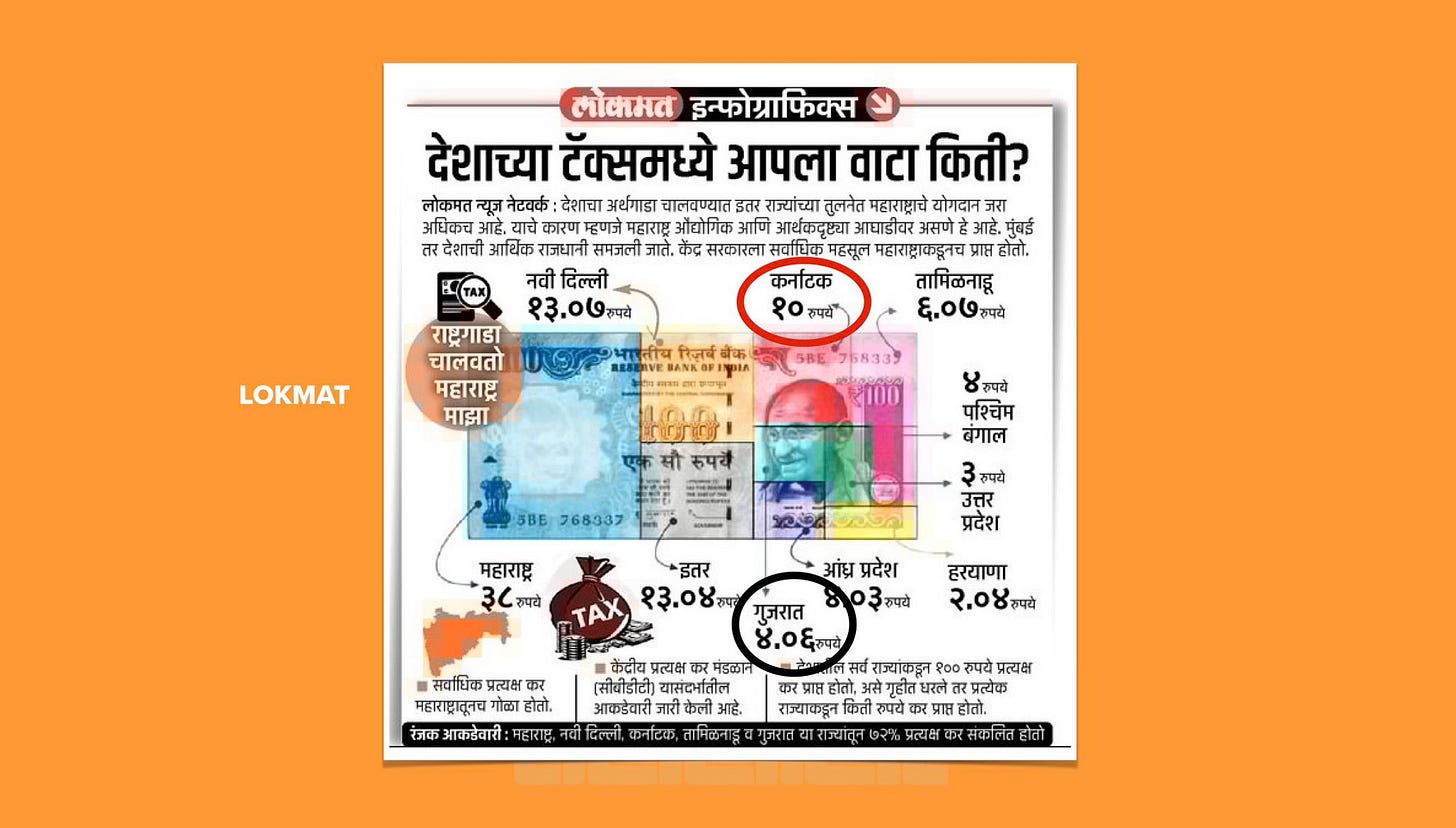

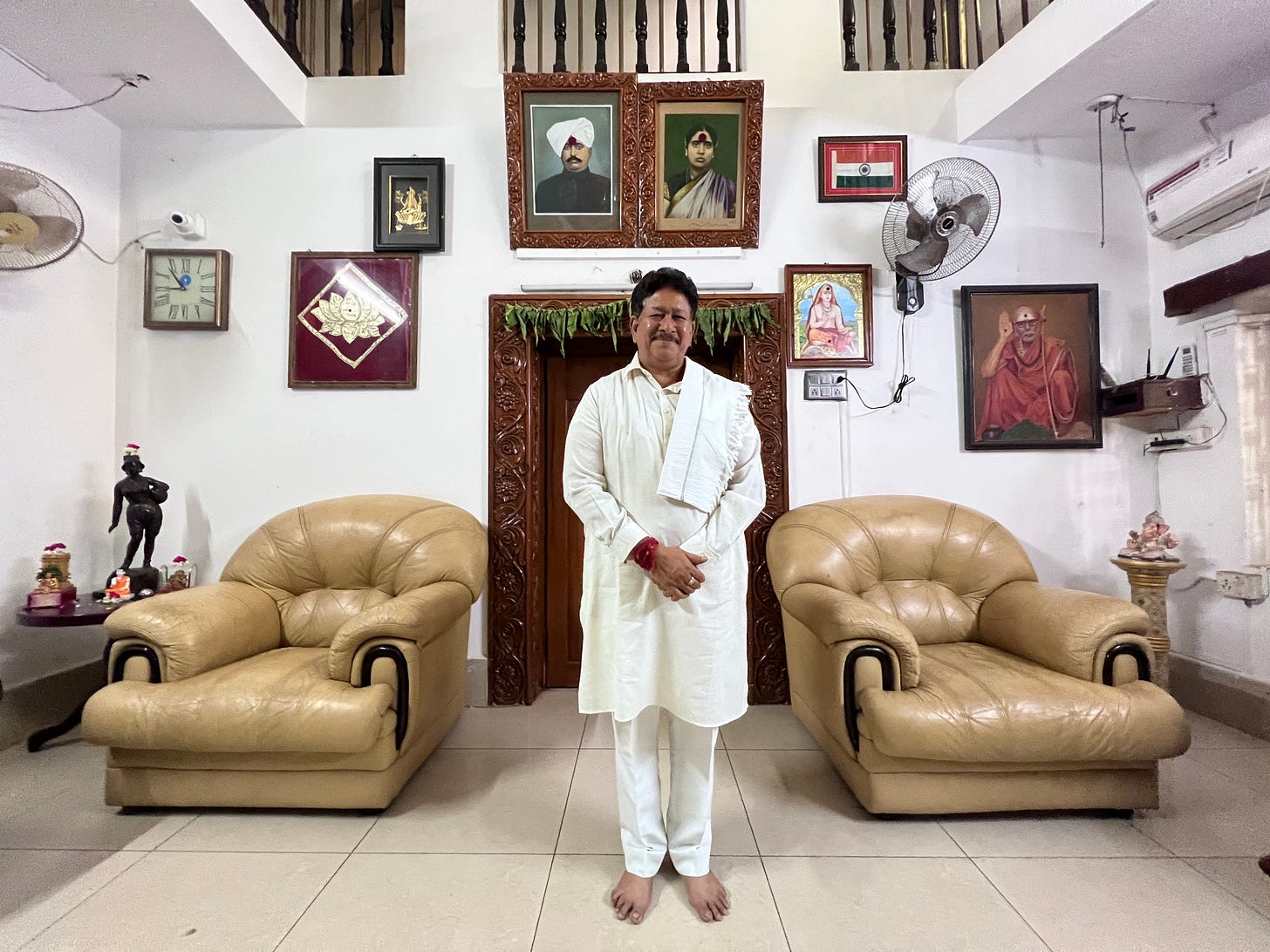



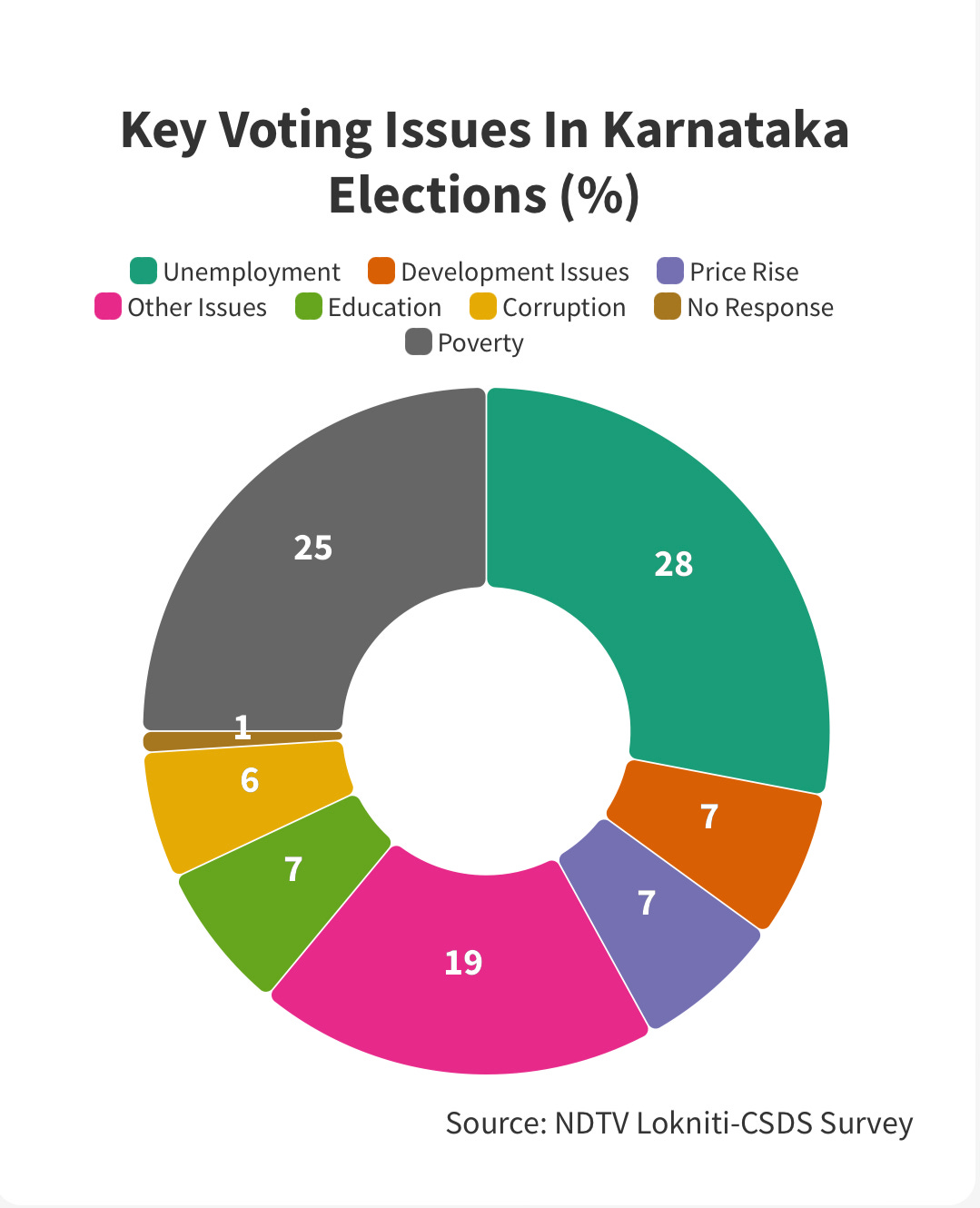
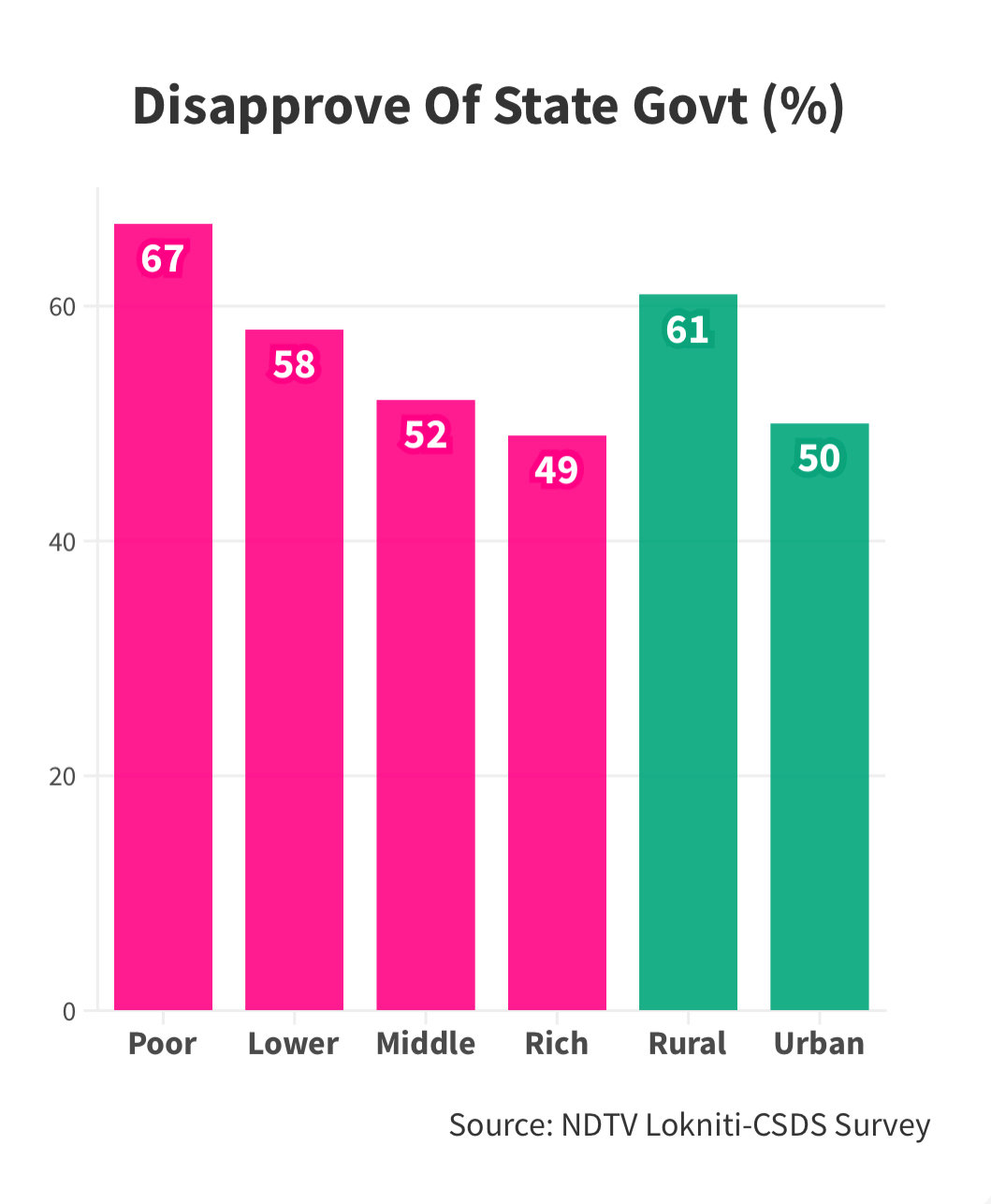

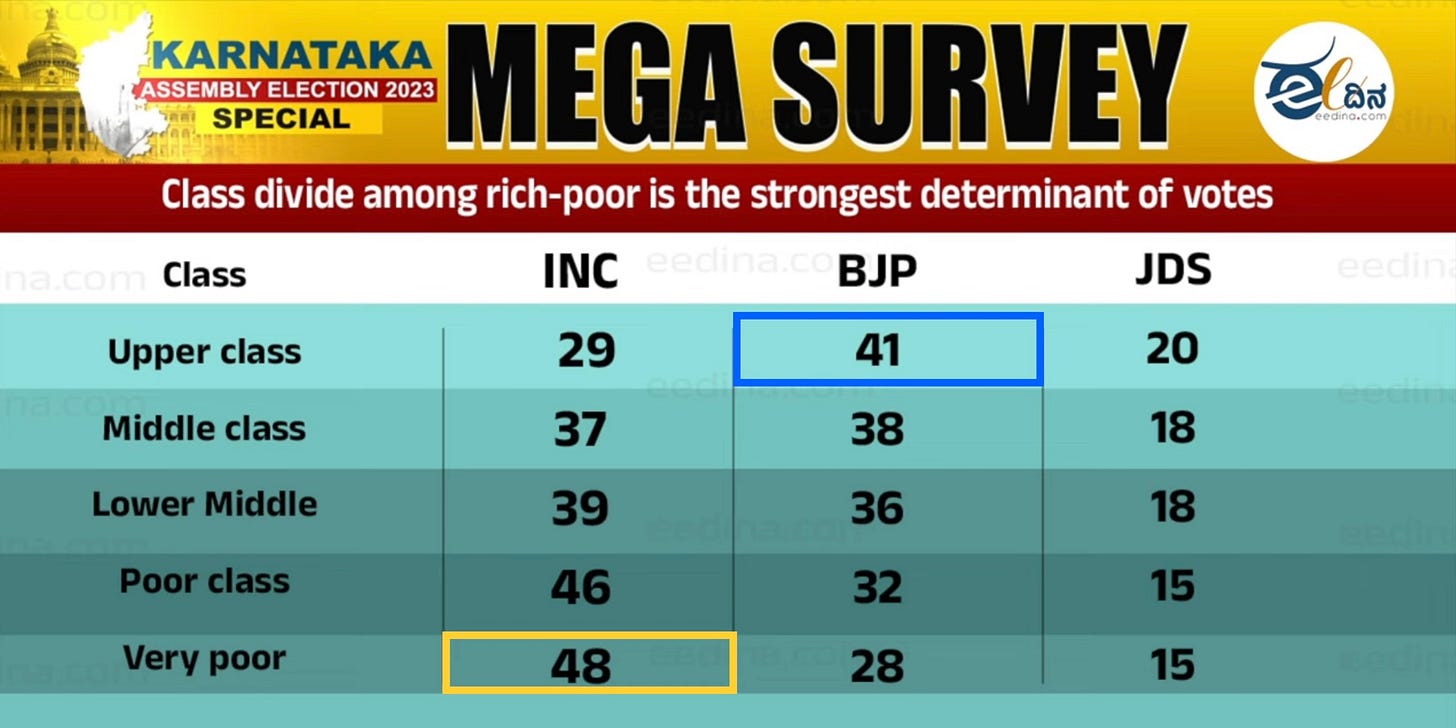
Well defined status of Karnataka devide among sections